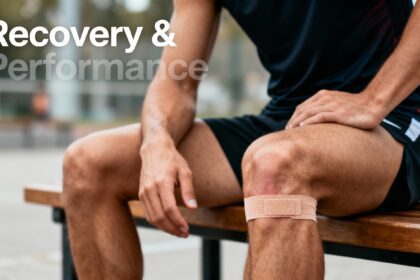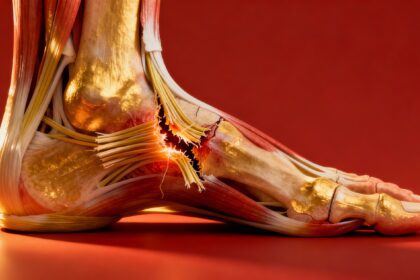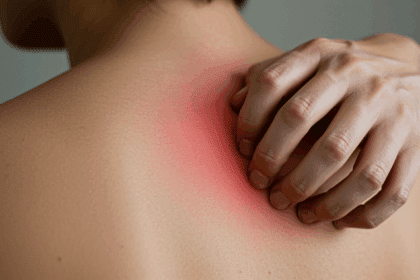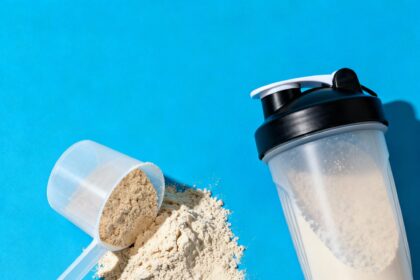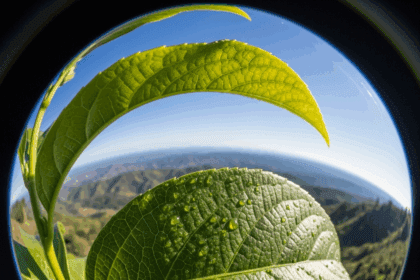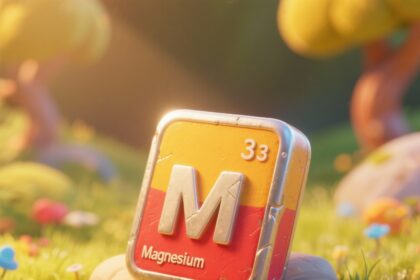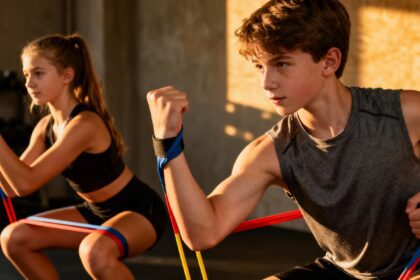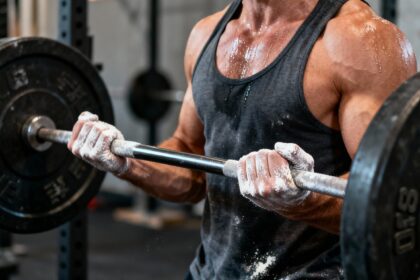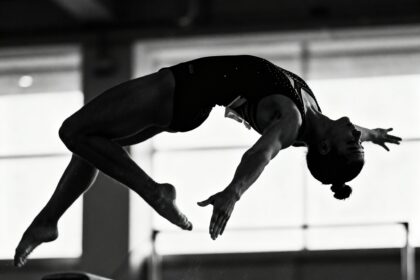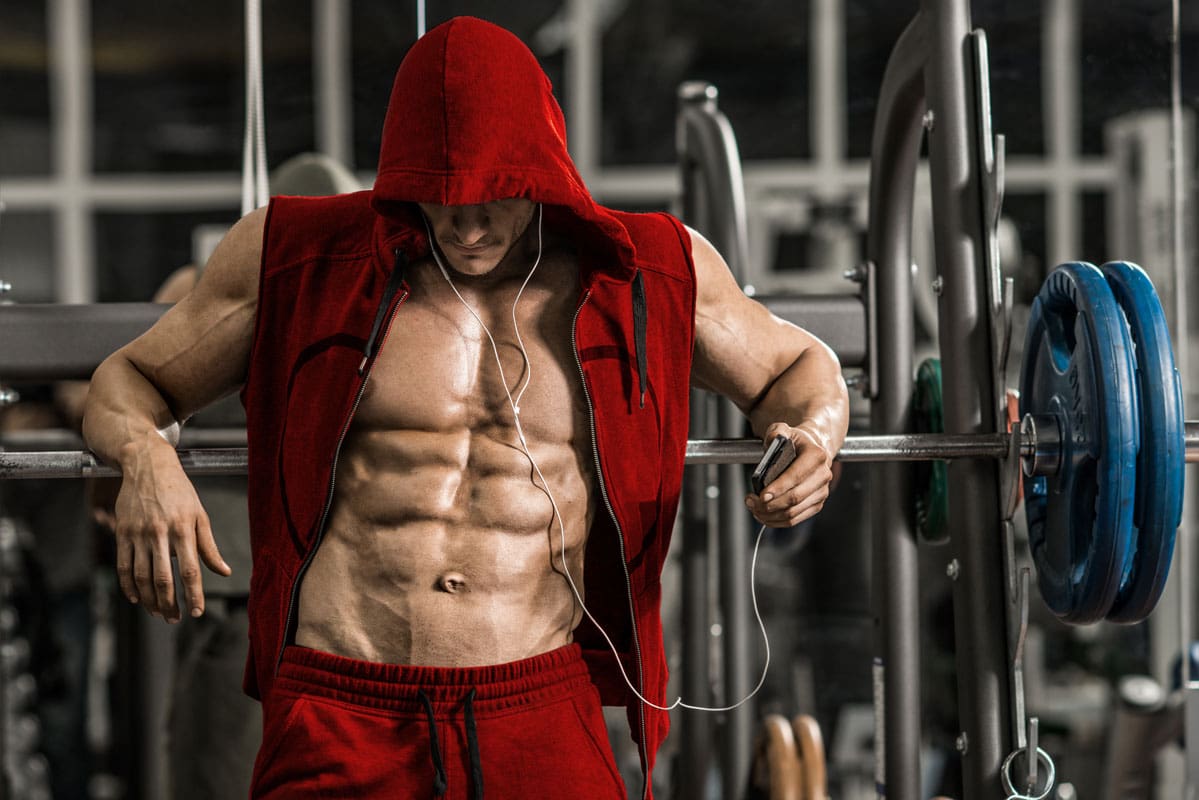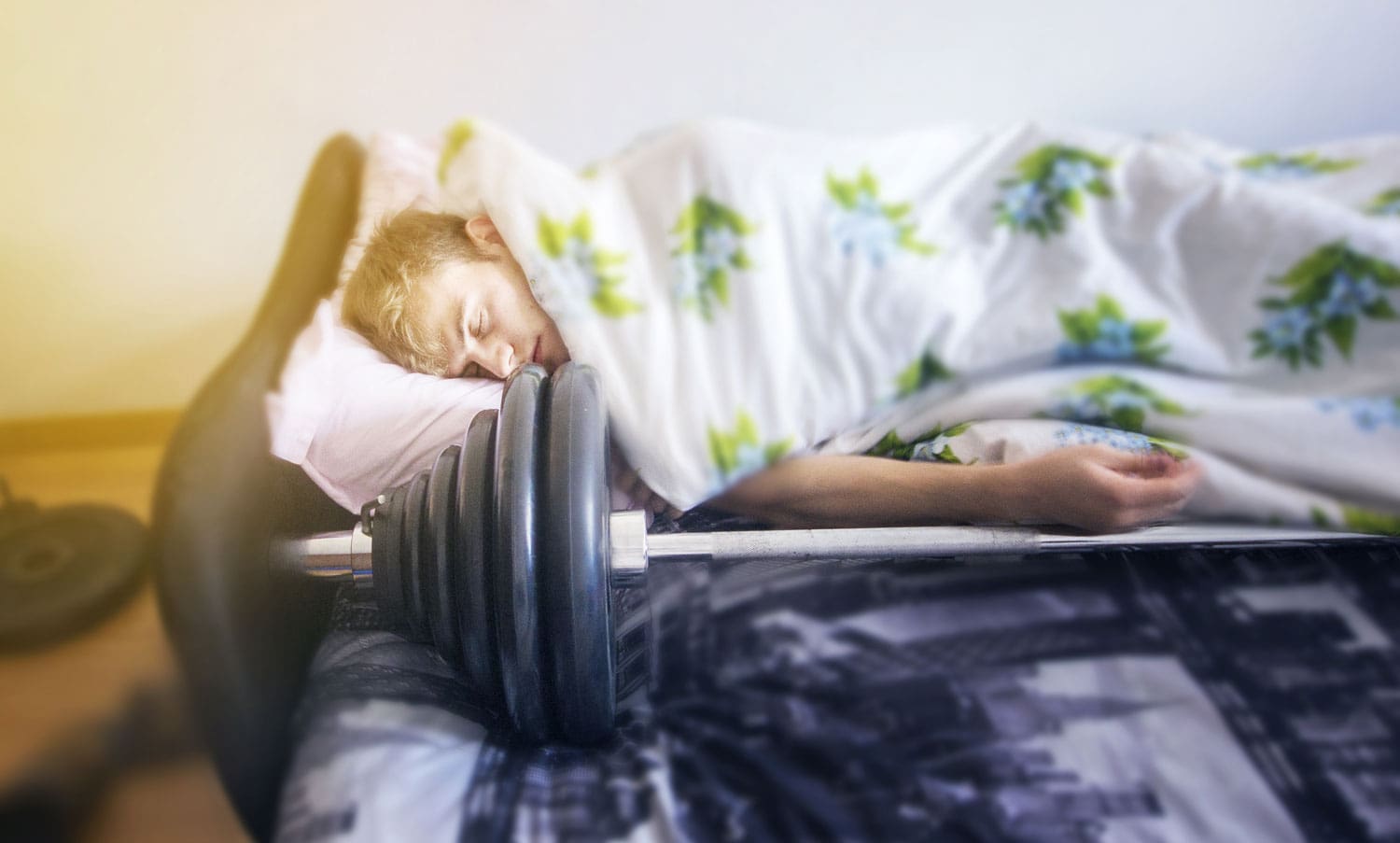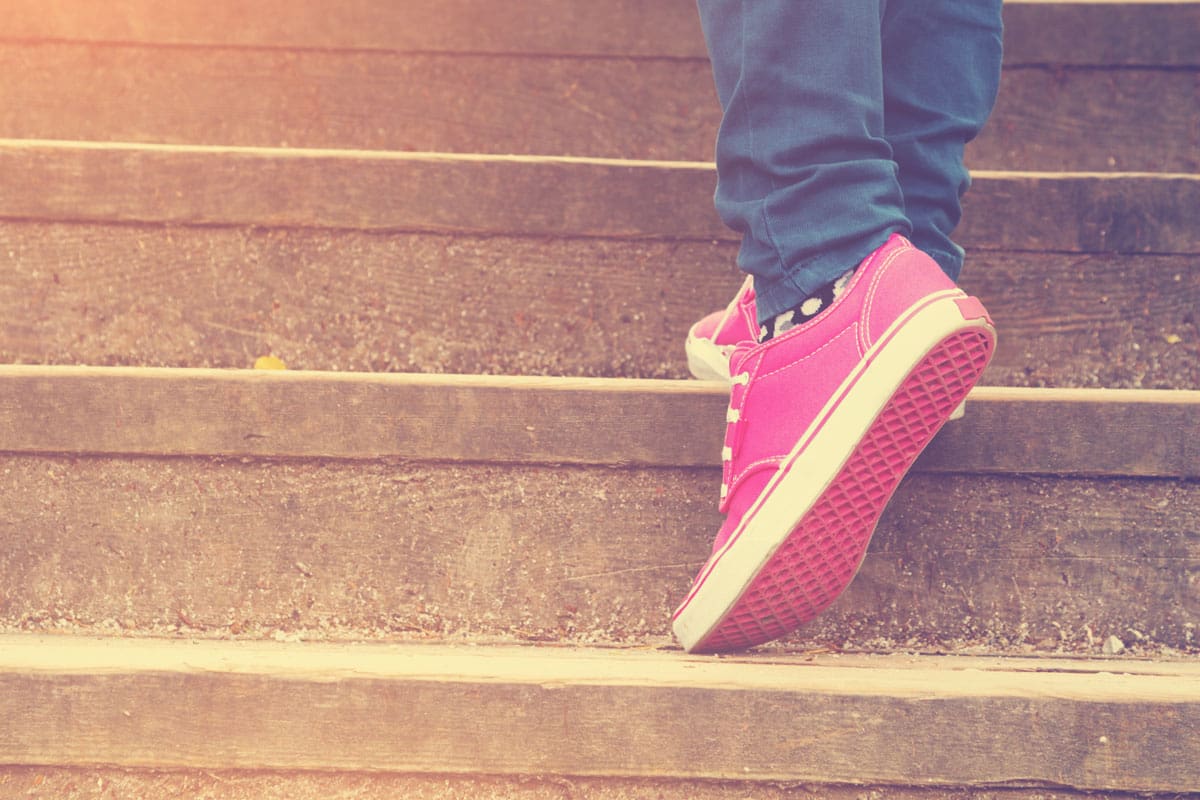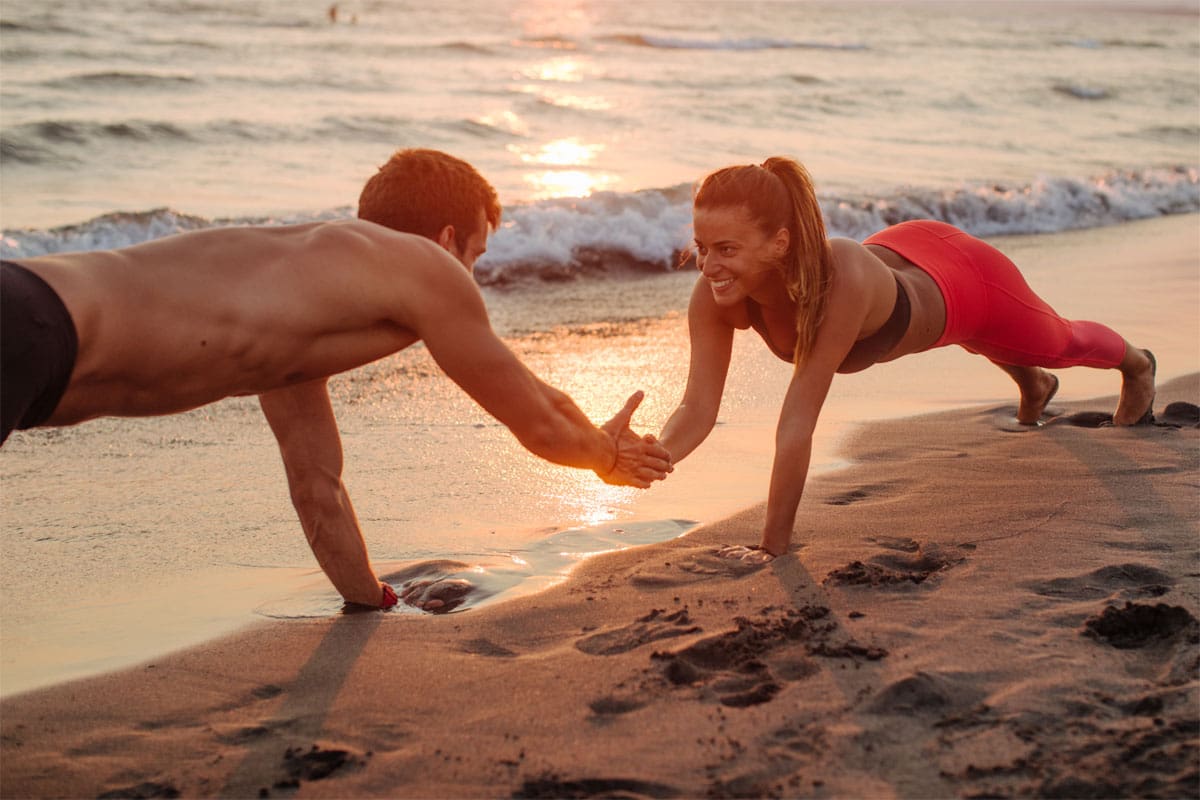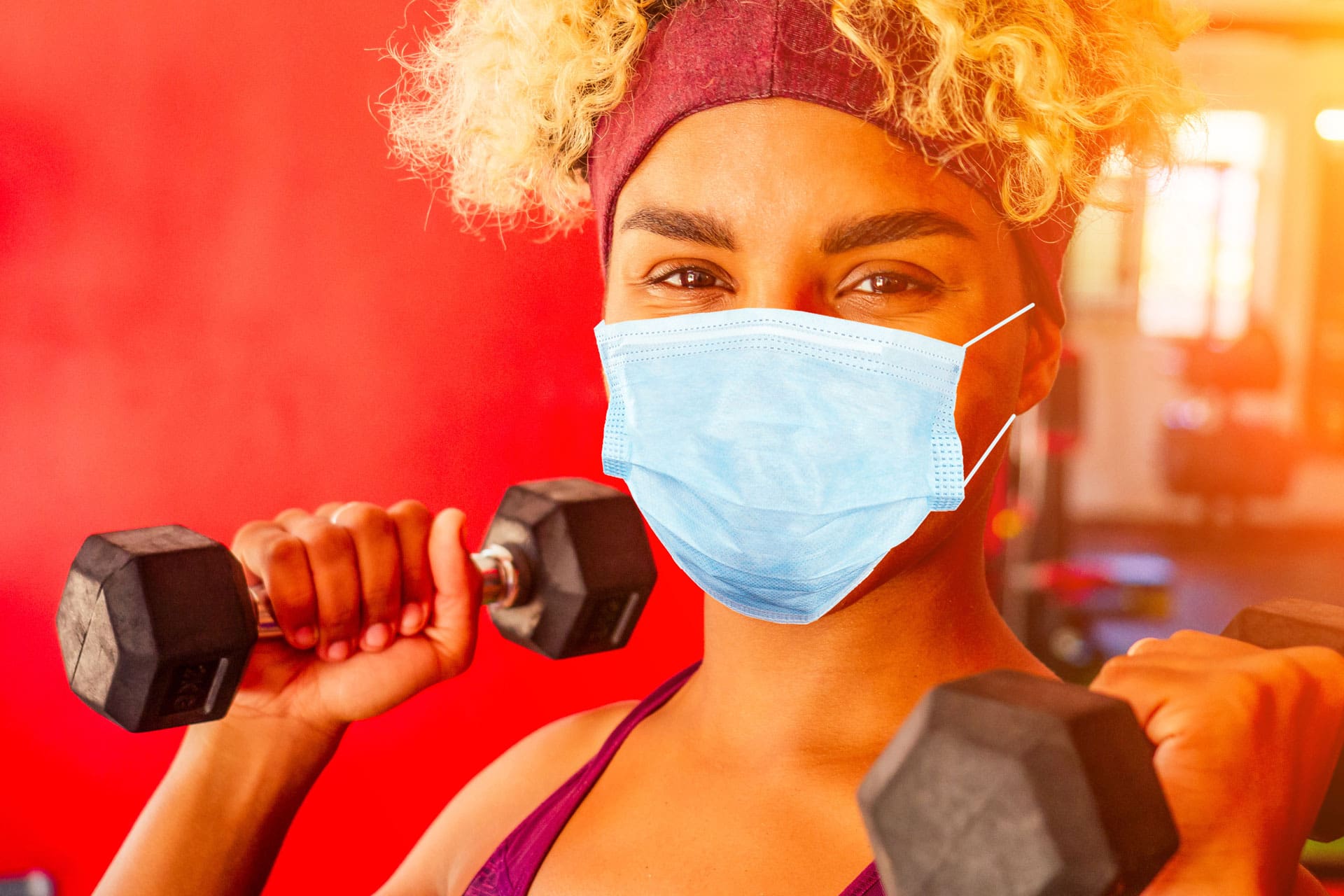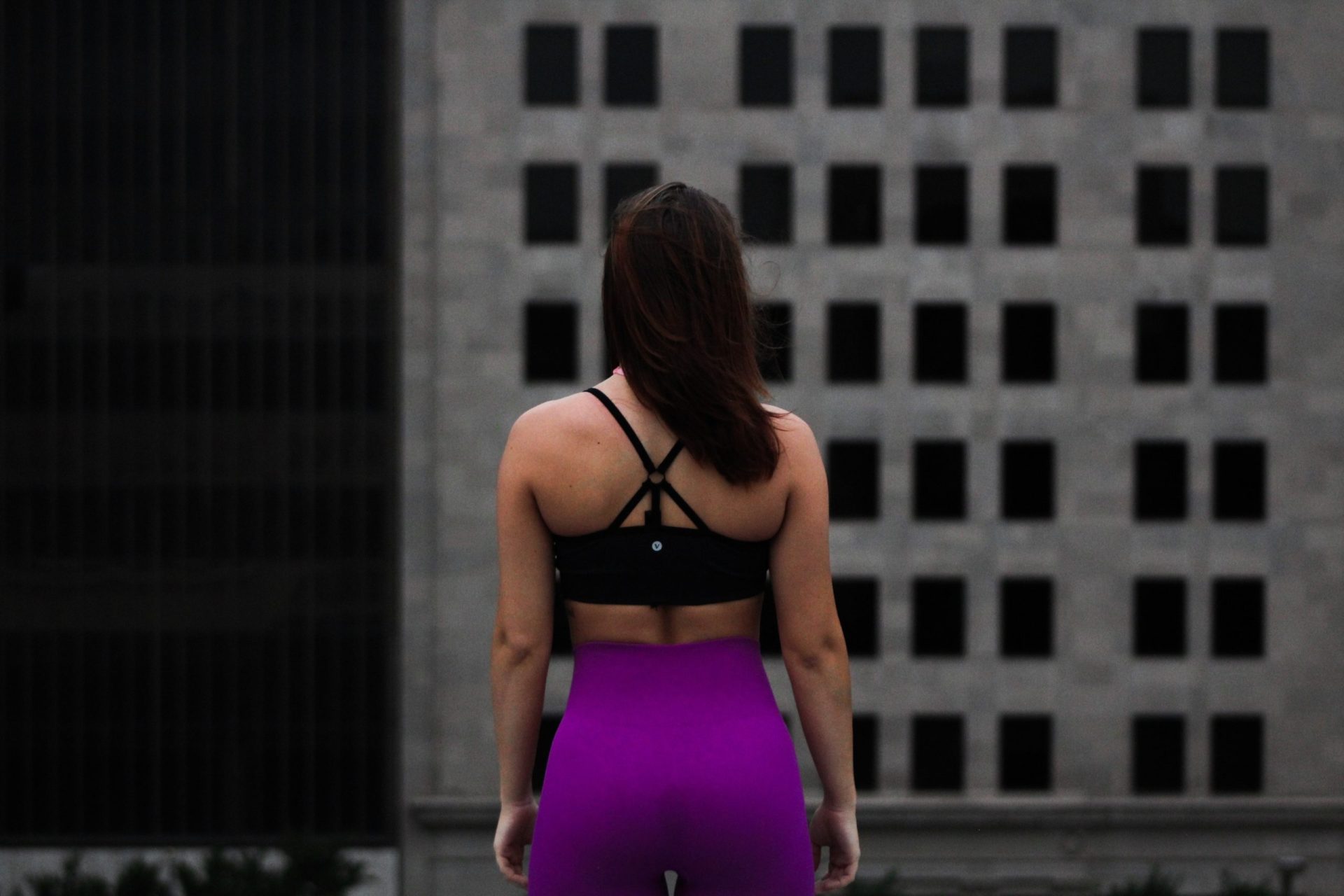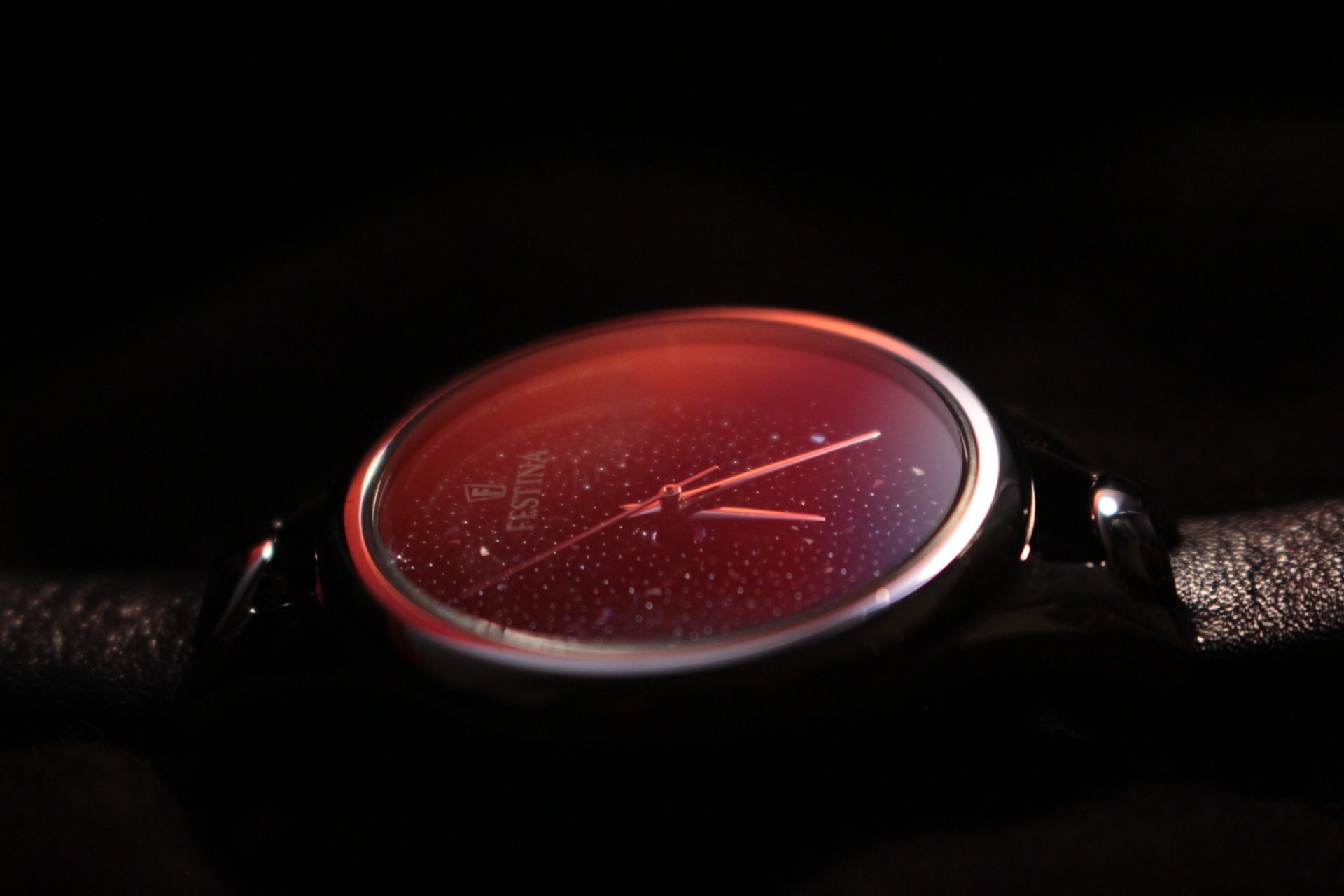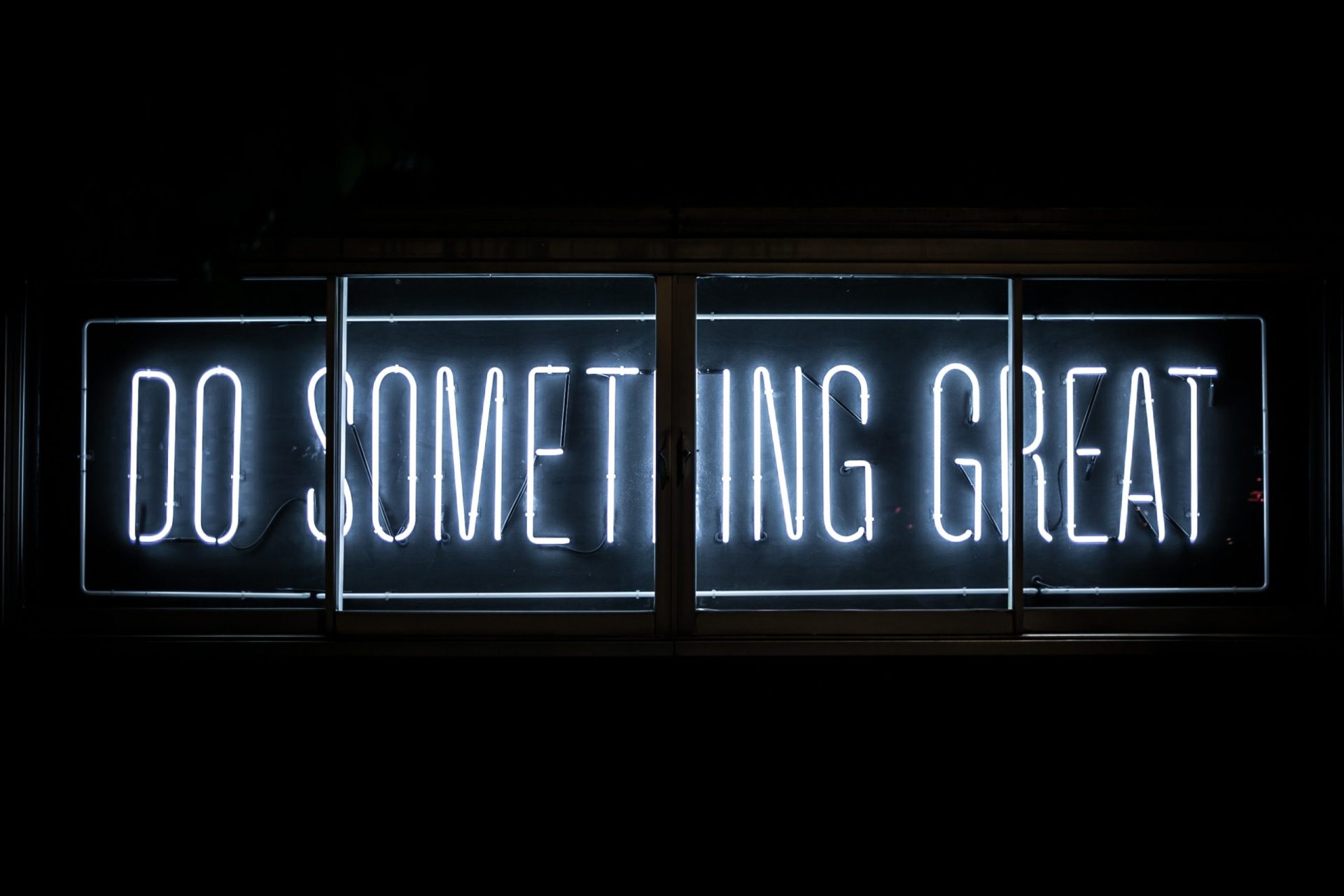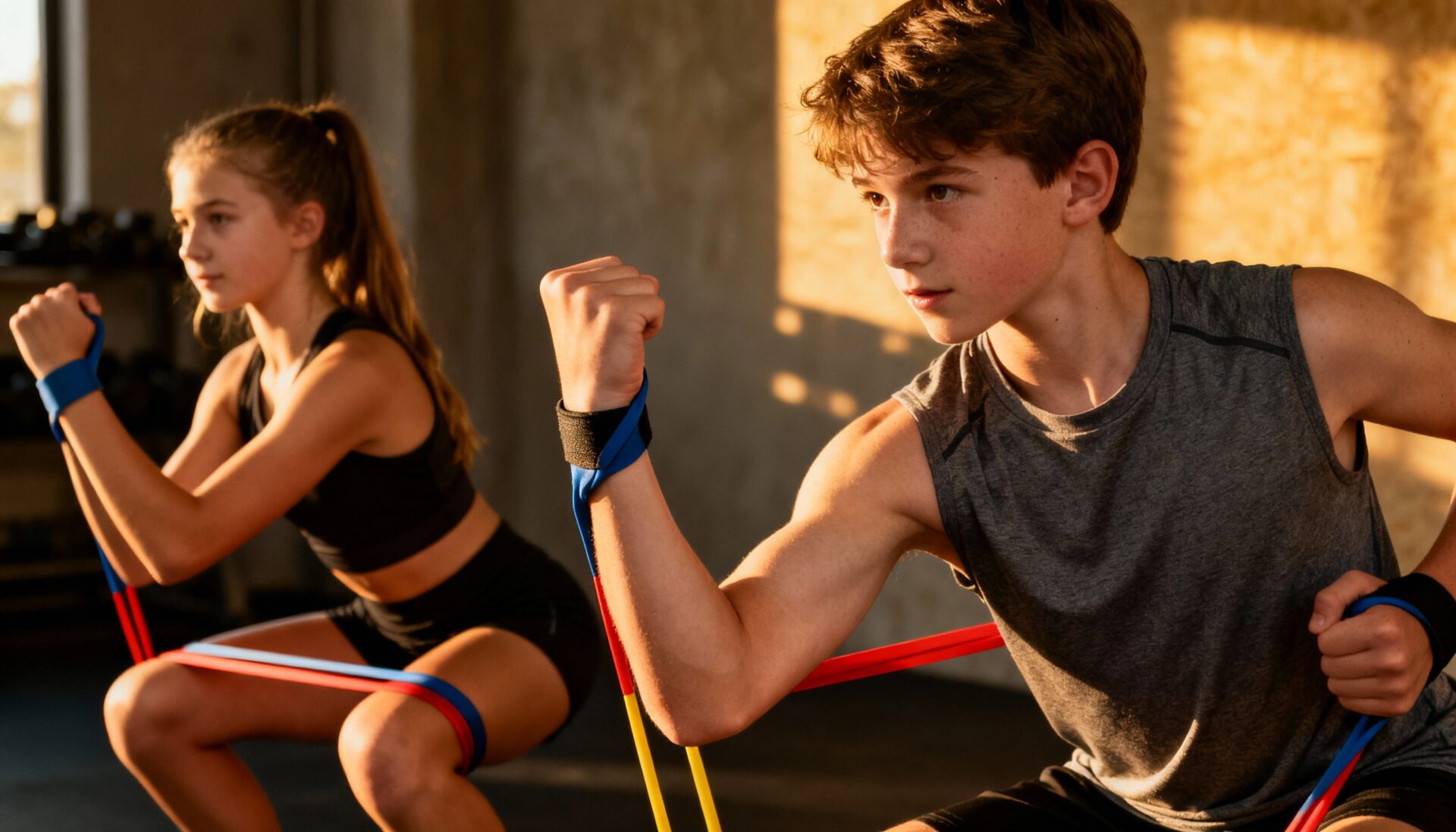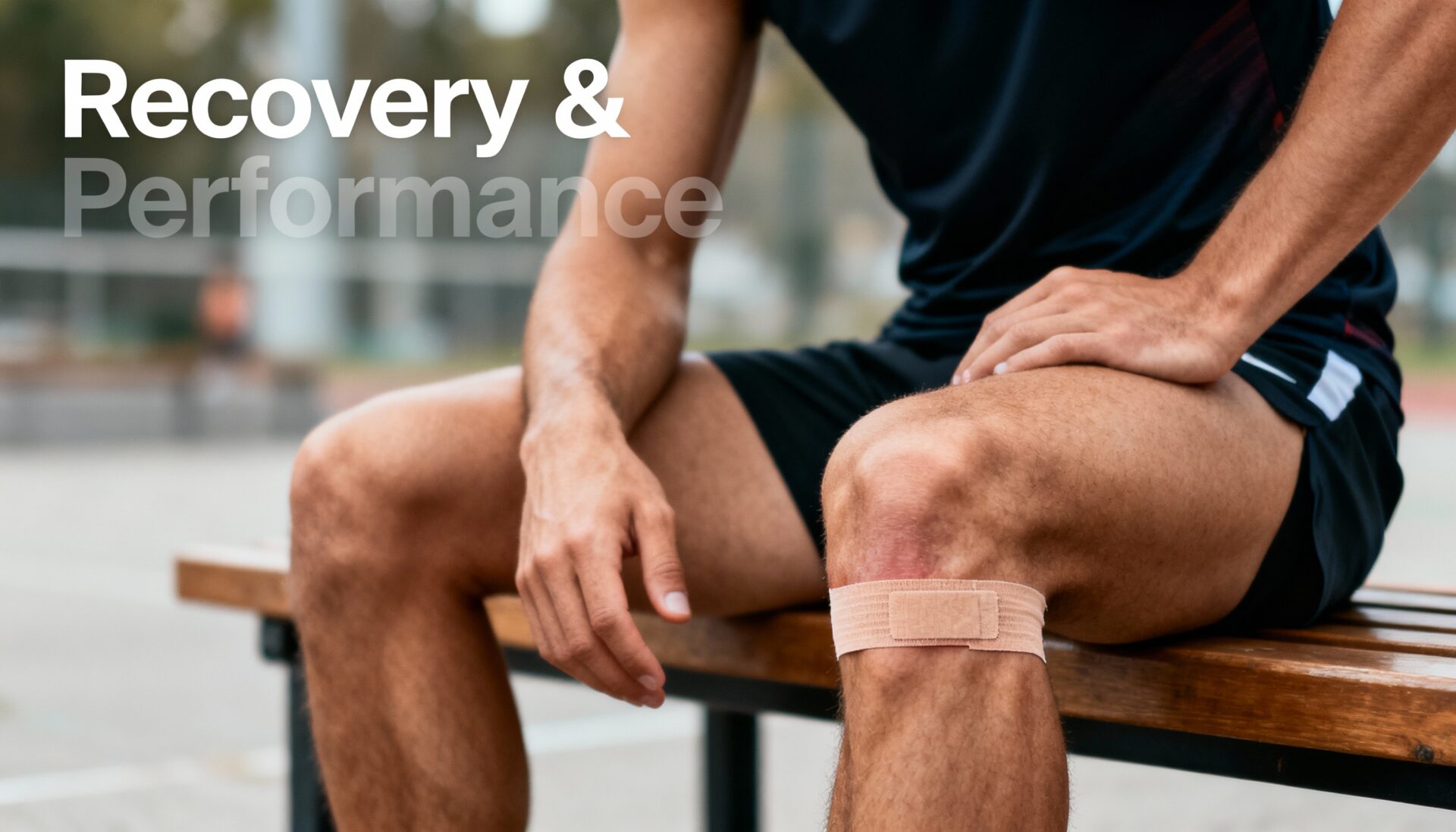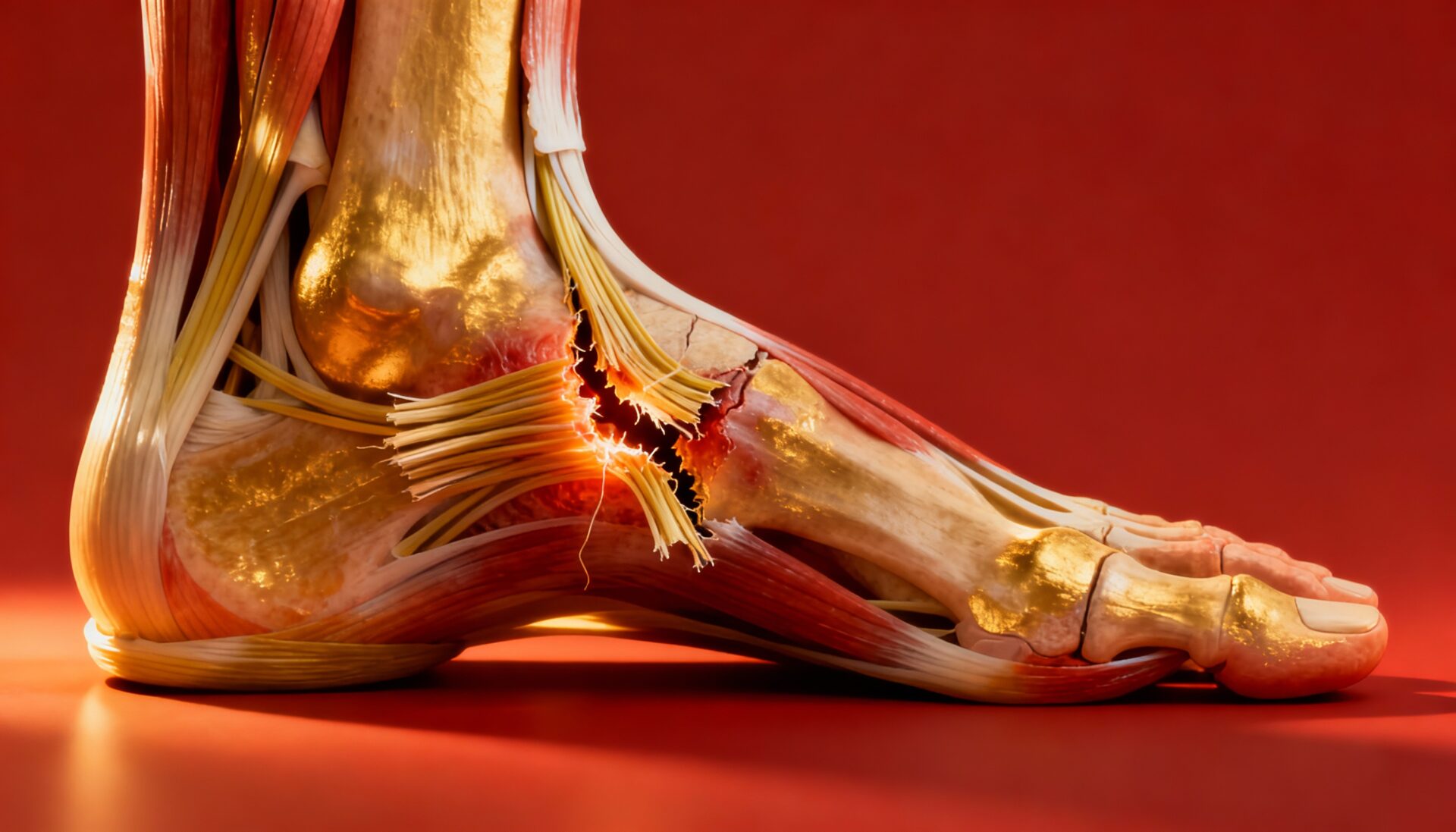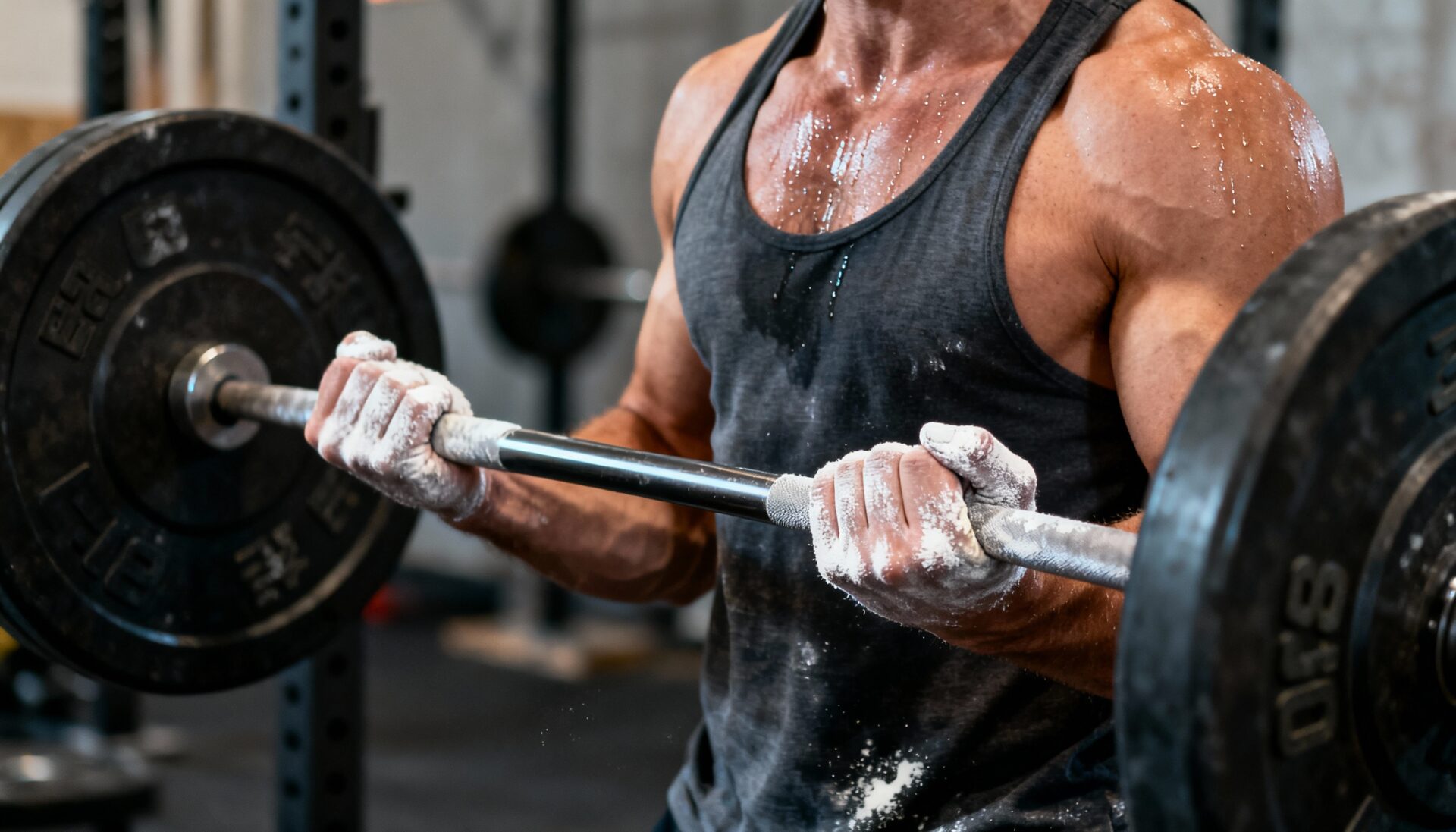The renowned author, Ernest Hemmingway, once said, “There are only three sports: bullfighting, motor racing, and mountaineering; all the rest are merely games.” Rock climbing is a subcategory of mountaineering and is a relatively new sport rising in popularity. It was introduced as a new sport into the Olympics. As a sport, rock climbing debuted in Tokyo in 2020 and will continue to be in the Olympics in Paris 2024. With climbing’s popularity in the media over the past 10 years, the sport has grown with thousands of new climbing gyms opening worldwide. The increase in popularity has also prompted new research studies that has specifically focused on rock climbing. These research studies have looked at several factors. These include the physiological characteristics that determine peak performance in rock climbing, training interventions climbers can incorporate, as well as the effect that climbing has on the mind. Although climbing research is still new, it is exciting to see a new direction for the sport and where the research may lead.
The physiological characteristics that create peak performance in climbing are different from many other sports. Surprisingly, for climbing, muscle mass may be detrimental to peak performance. Climbing is the act of fighting against gravity by holding onto miniscule holds shaped by the wind and rain over thousands of years. If a climber has excess muscle mass, it will be more difficult to fight gravity. The same situation applies to those with excess fat mass. In the article “Physical and Physiological Determinants of Rock Climbing,” researchers looked at forty-four male climbers and thirty-three female climbers with a range of different climbing grades. The researchers looked at various physical measurements such as height, weight, body mass index, and “ape index” (wingspan compared to height). They also took physiological measurements for hip flexibility, finger strength, shoulder strength, core strength, and aerobic capacity. They determined in their 2020 study that “shoulder power and endurance majorly determine maximal climbing”. It is not surprising that the muscles in the shoulders are relied upon heavily and put under great stress during climbing. Strong shoulders are needed to achieve peak performance. However, it is surprising that the study found a greater correlation of peak performance with shoulder strength than finger strength. Finger strength and how best to train the fingers are some of the most debated topics in climbing. Since the 1980’s, when training for climbing was becoming popular, finger strength was the primary focus. Climbing is a complex sport, and one single anatomical factor is not the determinant of overall performance.
There are many different disciplines throughout climbing in which to find success. It was concluded in a 2006 study “that success in climbing is not related to individual physiological variables but is the result of a complex interaction of physiological and psychological factors”. It has been seen throughout climbing history that there is no single body type that is best suited for climbing. While it does help not to have excess fat mass, the study looked at elite climbers and determined that there was little evidence that having a low body fat percentage correlated with success in climbing. With so many variables in the sport it cannot be definitively concluded that there is a single best determinant that would make a successful climber. These studies do however give direction on what muscles or sinew should be trained.
The training performed by climbers since the 1980’s involves hanging from wooden edges with just the fingertips. This has been a fundamental training technique and continues to be how all climbers’ train. The only things that have changed are the intensity, the time of the hangs, and the shape and size of the edges. In a 2014 study, researchers looked at sport-specific exercises and workloads to improve climbing performance. These sport-specific exercises targeted the sinew in the fingers, the shoulders, and the core. Through these exercises, researchers concluded that “the profound knowledge on different aspects of rock climbing is a precondition for enhancing performance through designing effective training methods which should highly reflect specificity to climbing”. This means that someone trying to improve their strength and performance should be performing climbing-specific exercises. This seems to make sense because training muscles that are not used in climbing, such as the quadriceps, will not make someone a better climber. This 2014 study concluded that climbing is a varied sport for which is difficult to quantify a specific workload to best see improvements.
A 2022 study was conducted to “quantify and compare the effects of different training intensities… on the fingers’ physiological capabilities”. This study made use of innovative technology not previously available to other studies. They used a hang board (a tool to train the fingers by hanging on different sized edges), equipped with force sensors. This allowed the researchers to quantify the weight that participants could lift while using the hang board. The participants engaged in a 4-week hang board exercise program. They were divided into four categories determined by intensity. In each of the categories the participants pulled down on a 12-millimeter edge for 6 seconds. The categories of intensities were 100%, 80%, or 60% of max finger strength, and a control group that had no training intervention. The study tested for max finger strength, stamina, and endurance. The results showed that the 100% and 80% categories were able to increase their max finger strength but the 60% and control group were not. However, the 60% and the 80% groups were able to improve stamina and endurance while the 100% and control did not. While this suggested that climbers may improve their finger strength and endurance, the gains will be determined by the intensity of the exercises. This suggested that the exercises need to be specific to the set goals. If a climber wants to just improve max finger strength, they need to train at the highest possible intensity. The study showed that improvements may be seen if the climber is willing to work at the appropriate intensity. These are great results, but climbing is not only a physical sport.
Climbing is a mental sport as well as a physical. The mental aspect of the sport, often overlooked by spectators, plays a vital role. The mental role in climbing is often performed prior to as well as during the climb. When preparing, it is best to find the most efficient way to the top of the wall and visualize how to get there. There may be feelings of fear that arise which need to be managed. Climbing is a great teacher of mindfulness. A 2021 study looked at why rock climbers have a “higher endorsement of mindfulness and life satisfaction than the general population”. The study involved two groups. The control group performed a mindfulness activity prior to a physical activity. The experimental group performed the same mindfulness activity then climbed afterwards. The researchers determined that the experimental group increased their mindfulness significantly more than the control group. There was no significant difference between the two groups on feelings of wellbeing or anxiety. It was concluded that “theoretically, the results have implications for our understanding of ‘flow’”. The flow state is the mindfulness and complete focus on the act of climbing. There are no distractions, and it feels as if the climber is weightless and floating up the rockface. The flow state is evidence of mastery in climbing. While it is something that most climbers strive to achieve, it is an ever-elusive state of mind. Climbing can have a great impact on the mind and mental state of those involved. Climbing is a great recreational activity for anyone to pursue.
Rock climbing is a difficult sport with many sub disciplines in which to achieve satisfaction. With its rise in popularity and with its new place in the Olympics’, climbing research has resulted in new knowledge to be applied. Most of the research is positive, and climbing has been getting more attention. This can readily be seen in the research that defines the characteristics that make a great climber, the most effective training regimens, and the effects that climbing has on the mind. Climbing will continue to grow and expand. It is exciting to see how far the boundaries for the sport can be pushed.
References
Devise, M., Lechaptois, C., Berton, E., & Vigouroux, L. (2022). Effects of Different Hangboard Training Intensities on Finger Grip Strength, Stamina, and Endurance. Frontiers in sports and active living, 4, 862782. https://doi.org/10.3389/fspor.2022.862782
Giles, L. V., Rhodes, E. C., & Taunton, J. E. (2006). The physiology of rock climbing. Sports medicine (Auckland, N.Z.), 36(6), 529–545. https://doi.org/10.2165/00007256-200636060-00006
MacKenzie, R., Monaghan, L., Masson, R. A., Werner, A. K., Caprez, T. S., Johnston, L., & Kemi, O. J. (2020). Physical and Physiological Determinants of Rock Climbing, International Journal of Sports Physiology and Performance, 15(2), 168-179. Retrieved Nov 15, 2022, from https://journals.humankinetics.com/view/journals/ijspp/15/2/article-p168.xml
Michailov, M. L. (2014). Workload characteristic, performance limiting factors and methods for strength and endurance training in rock climbing. Medicina Sportiva, 18(3), 97-106.
Wheatley, K. A. (2021). Exploring the relationship between mindfulness and rock-climbing: a controlled study. Current Psychology, 1-13.
Pull Quotes:
“As a sport, rock climbing debuted in Tokyo in 2020 and will continue to be in the Olympics in Paris 2024.”
“Surprisingly, for climbing, muscle mass may be detrimental to peak performance.”
“If a climber wants to just improve max finger strength, they need to train at the highest possible intensity.”


